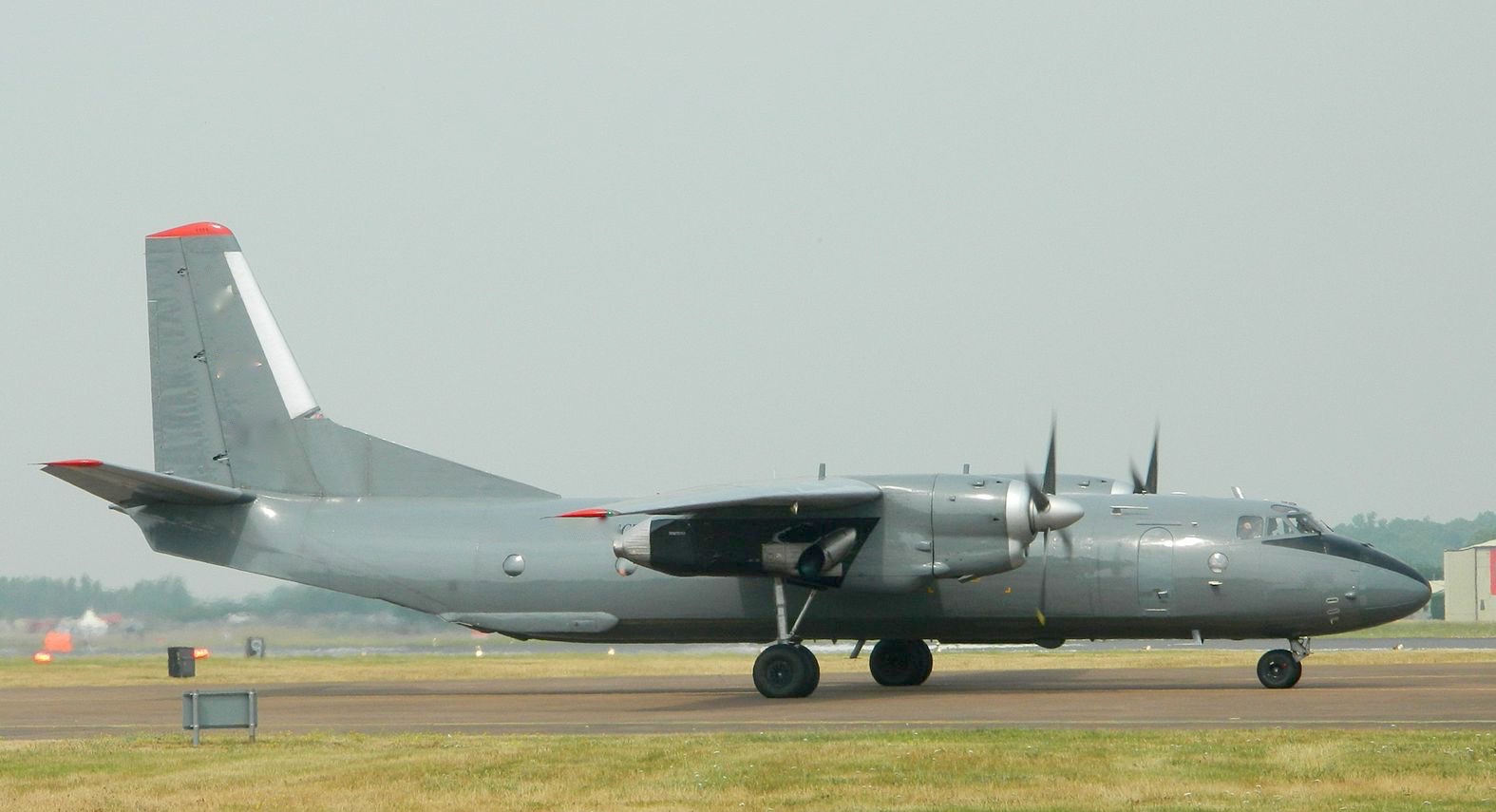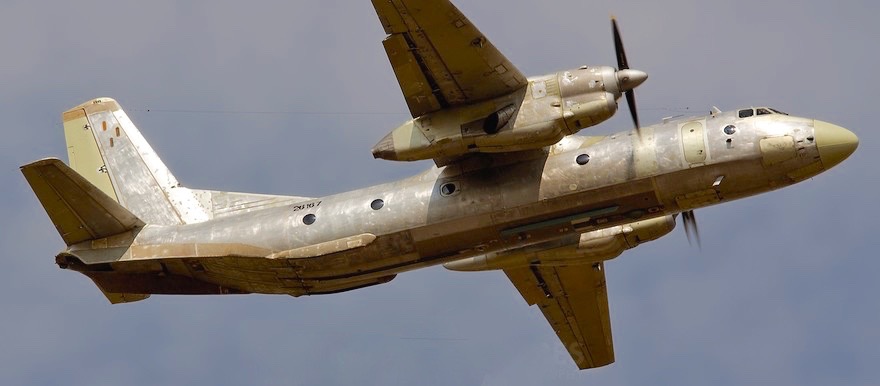Khartoum Reported to Renew Aerial Bombardment of Civilians in Darfur
Eric Reeves | November 21, 2018 | https://wp.me/p45rOG-2jC
For technical and financial reasons too complicated to be easily explained, my monograph analyzing more than 15 years of Khartoum’s aerial bombardment of civilians and humanitarians in Sudan and what is now South Sudan had—unbeknownst to me—become inaccessible. The former Web link has now been replaced, restoring full access to the data and analysis first published in May 2011 and subsequently updated on five occasions, thus including aerial attacks in South Kordofan and Blue Nile beginning in summer 2011 and the following two years:
“They Bombed Everything that Moved”: Aerial military attacks on civilians and humanitarians in Sudan, 1999 – 2011 (data updated on several occasions, June 2012 – November 2013)
Research and Analysis by Eric Reeves | May 6, 2011 | http://wp.me/s45rOG-7566
Data collected—including updates through November 2013 to the original Excel data spreadsheet—indicate more than 2,000 confirmed aerial attacks on civilians and humanitarians. The majority occurred in what is now South Sudan during the long civil war (1983 – 2005). This figure of course vastly understates the actual number of such attacks, since unreported and unconfirmable attacks are not included. But each attack as recorded in this report constitutes a war crime—and in aggregate crimes against humanity.
The restoration of access to the data collected, with the assistance of a great many Sudan colleagues, would seem particularly timely: today (November 21, 2018) Radio Dabanga is reporting an aerial assault by Khartoum’s air force—specifically an Antonov “bomber”—in the area of Nierteti, Central Darfur. The sources for Radio Dabanga are not rebel groups but farmers in the area. A number of villages were bombed and a displaced woman farmer was killed (see full dispatch below).
Khartoum’s forces in Darfur are gearing up for a final dry season offensive, one that Rapid Support Forces (RSF) commander Lt. General Mohamed Hamdan (also known as Hemeti) vows will be the last one. That the indiscriminate aerial bombardment of civilian populations seems to be part of this campaign should be of the deepest concern. UN Security Council Resolution 1591 (March 2005) banned all offensive military flights in Darfur, and the UN Panel of Experts on Darfur is tasked with monitoring such flights—as is the feckless and rapidly shrinking UN/African Union Mission in Darfur, which is far too fearful of Khartoum to investigate where they are told not to go.
This particular bombing attack may well be a test of international resolve to see UN SC Resolution 1591 enforced, given the several-year lull in such attacks. The lack of a resolute and consequential response will assure Khartoum that it faces no real risk in resuming such attacks during the final military phase of the genocide (victims of the attacks on the villages of Kuweila, Berbera, Kutrum, Beringo, and Kody are almost certainly all non-Arab/African Darfuris, primarily Fur).
Khartoum’s willingness to continue halting aerial bombardment in the Nuba Mountains of South Kordofan is also called into question by this attack. The present cease-fire is tenuous and Khartoum may decide to end internal resistance once and for all, now that the military phase of the Darfur genocide has almost been completed.
For a grim and disturbing photographic “album” of victims of previous aerial assaults on the Nuba and Darfur—including the victims of the 2016 aerial assaults in Darfur during which chemical weapons were used—see | http://sudanreeves.org/2016/11/11/imagery-of-human-destruction-from-aerial-bombardment-by-the-khartoum-regime/.
• Civilian dies in Central Darfur air strafing | Radio Dabanga, November 20, 2018 | NIERTETI, Central Darfur
A displaced woman farmer was killed on Sunday when an aircraft of the Sudanese Air Force launched a bombardment on the areas east of Nierteti in Central Darfur. Farmers reported that the air force bombed the areas near Kutrum, three kilometres east of Nierteti, killing a displaced woman who had returned to the area for farming. They said the air force also bombed the villages of Kuweila, Berbera, Beringo, and Kody in Jebel Marra, however there are no reports of casualties. They said the Rapid Support Forces (RSF) arrested six people, including two women in those areas on Sunday.
The converted Russian-made Antonov 25 [sic] cargo aircraft are infamous in Darfur because their arrival means the indiscriminate bombing of villages. In the article entitled Surviving the Antonovs in Darfur, Radio Dabanga editor-in-chief Kamal El Sadig explains that the sound of the cargo aircraft’s engine is unlike that of a helicopter or a jet fighter, and sets in motion a desperate attempt by villagers to find a shelter with their family and animals as quickly as possible.
Unfortunately, the attempts are often not successful for all people. The Antonovs are only capable of rolling barrel bombs out of their cargo hatch. The barrels, filled with shrapnel and high explosives, are thus far from accurate. As the weapon is deemed indiscriminate it is illegal under international law. In addition to the modified Antonovs, Russian Mi-17 and Mi-32 helicopter gunships, Sukhoi and MiG-29 fighter jets, and Chinese-made A-5 ‘Fantan’ jets have all been sighted in Darfur according to the Small Arms Survey.
The Antonov is a wholly indiscriminate weapon of war against civilians; it has no military value, except as an instrument of terror.
(Photograph by Dr. Tom Catena, the only surgeon working in the Nuba Mountains of South Kordofan)
The infamous Antonov (An-26 and An-24) cargo planes/crude retrofitted bombers 
The Antonov-26 is the Antonov currently deployed by Khartoum’s SAF
The Antonov-24 was its predecessor and used through at least 2007
The Antonov has been by far the most heavily used aircraft in Khartoum’s aerial assaults on civilian and humanitarian targets in Darfur, Blue Nile, and South Kordofan. It typically flies slowly at at an altitude of over 5,000 meters—out of the range of anti-aircraft guns. At this very considerable height, crude barrel bombs are simply pushed out the cargo bay, without aid of a siting mechanism or other targeting apparatus. Bombs delivered in such fashion are highly inaccurate, and for true military purposes they are useless. But as weapons of civilian terror, they are exquisitely suited; even their inaccuracy brings fear.

